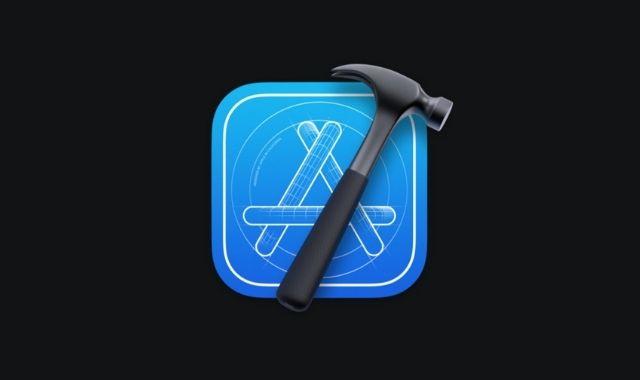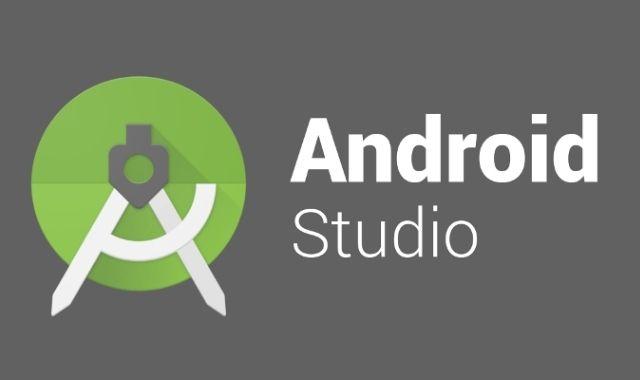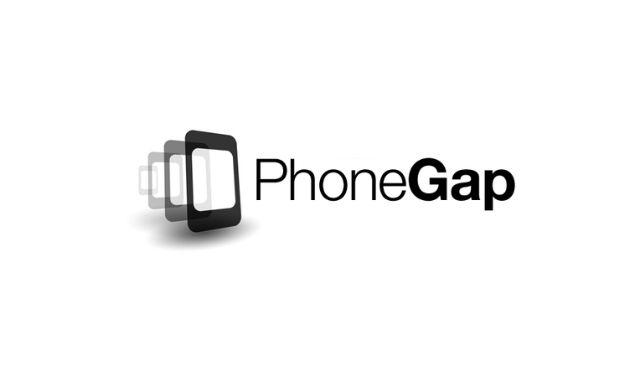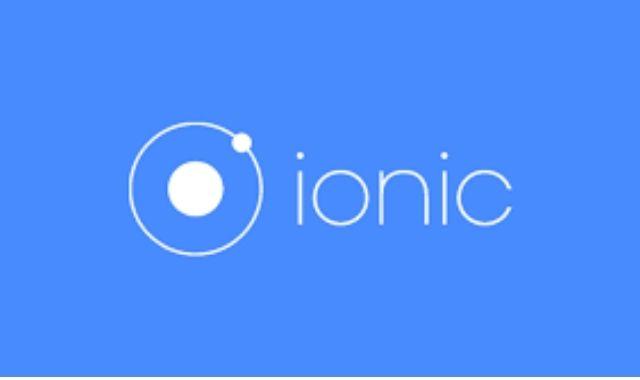As of 2021, 92.6% of global internet users accessed it via mobile devices. With the rapid adoption of smartphones, businesses are faced with more opportunities than ever. Mobile apps have become a major connecting factor of your business and the audience. As there is an increasing number of smartphone users, business apps are a constant reminder of your service which eventually increases customer engagement.
Mobile development tools are software that aid in the development of mobile apps. This may be done in several methods, using native mobile development tools as well as cross-platform mobile development tools. Alternatives are becoming popular as these tools are fast and responsive, easy to tap into wider device functionality, match app UI/UX to platform conventions, save time and money, and are easier to scale.
Native mobile development tools can assist you in creating specialized apps that are simple to use with high quality and can take advantage of all platform capabilities.
1.XCode

Xcode presents a fresh approach to software design and development and transforms programming into a fun and interactive experience. Xcode comes with everything a developer needs to make apps for the Mac, iPhone, iPad, Apple TV, and Apple Watch. Xcode gives developers a single process for designing, creating, testing, and troubleshooting user interfaces.
2.Android Studio

Google's Android Studio is an Android programming environment. It has a highly handy implementation editor for Android developers. Shortcuts for coding and designing are available in Android Studio, and the layout designer makes it simple to use, reducing coding time. Cross-platform mobile development tools enable the creation of a generic app for multiple platforms at the same time, considerably reducing the expenses and time required to produce an app, but this comes with a trade-off.
3.PhoneGap

PhoneGap is a cross-platform open-source app development tool that uses HTML, CSS, JavaScript, and Web APIs to create apps. PhoneGap software is smaller and reusable, but they lack the feel of native apps, and the quality of the UI will be more dependent on the operating system's Web View engine.
4. Ionic

Ionic has an easy-to-use framework that enables fast prototyping with a solid command-line interface and creates a pleasant coding environment. The Ionic Framework is a free, open-source mobile UI toolkit that allows you to create high-quality cross-platform apps for iOS, Android, and the web, all from a single codebase. The ability to create mobile applications is now more accessible than ever. You can build fantastic mobile apps that can run on billions of devices today, whether you're an aspiring full-stack developer, or not. There may not be a clear winner, since each platform has its own set of advantages and disadvantages, but the key thing is that you have a variety of possibilities.